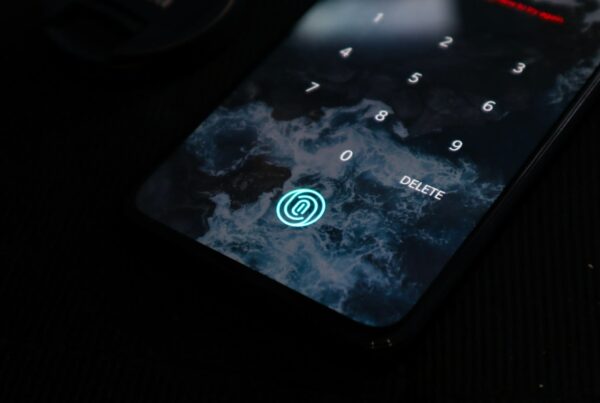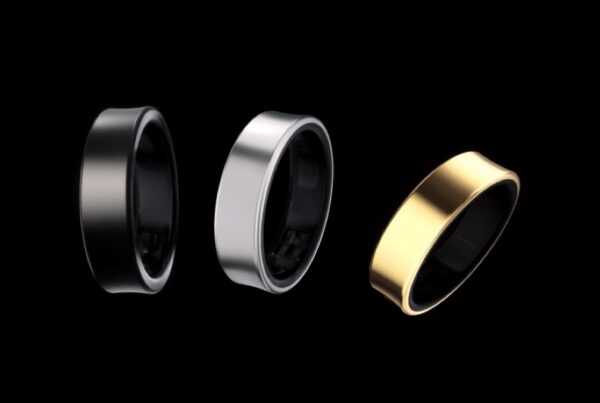Picture this: you’re watching a movie with your trusty headphones. Suddenly, a pterodactyl soars overhead, not just in your ears, but directly above you, sending shivers down your spine. Or, imagine your favorite song coming alive, the instruments swirling around you in a 360-degree soundscape, transporting you to the heart of the music. This, my friends, is the magic of spatial audio, and it’s set to revolutionize the way we experience sound.
But hold on a sec, movie buff and music lover. Before you rush out and blast your eardrums with “Bohemian Rhapsody” in 3D, let’s address the question burning in your mind: Can ANY headphones handle this audio revolution?
Spoiler alert: the answer isn’t as simple as you might think. While many headphones can offer a wider soundstage and some sense of directionality, the true immersive experience with dynamic head tracking (where the sound adjusts to your head movements) requires specific features.
If you’re curious about trying out spatial audio, it all depends on what kind of experience you’re looking for:
1. Basic Spatial Audio:
- For a bit of a wider sound experience and some sense of direction in the audio, regular stereo headphones can work. This means you can use the headphones you already have! Some music and streaming services, like Apple Music and Netflix, have special content that gives you a more immersive feel. But keep in mind, this basic setup won’t give you that cool effect where sounds move as you turn your head.

2. Dynamic Head Tracking Spatial Audio:
- Now, if you want the real magic – where it feels like the sounds are moving around you as you turn your head – you’ll need specific headphones. These headphones have fancy built-in sensors that track your head movements and adjust the sound accordingly. Here are some examples of headphones that can do this magic trick:
- Apple AirPods Pro, AirPods Max, and some Beats models with the H1 or W1 chip.
- Sony WH-1000XM4 and XM5 headphones.
- Dolby Atmos-enabled headphones from brands like Sennheiser, Jabra, and JBL.

In Simple Terms:
- For basic spatial audio, your current headphones might work fine. But if you want the cool head-turning magic, you’ll need special headphones with sensors.








